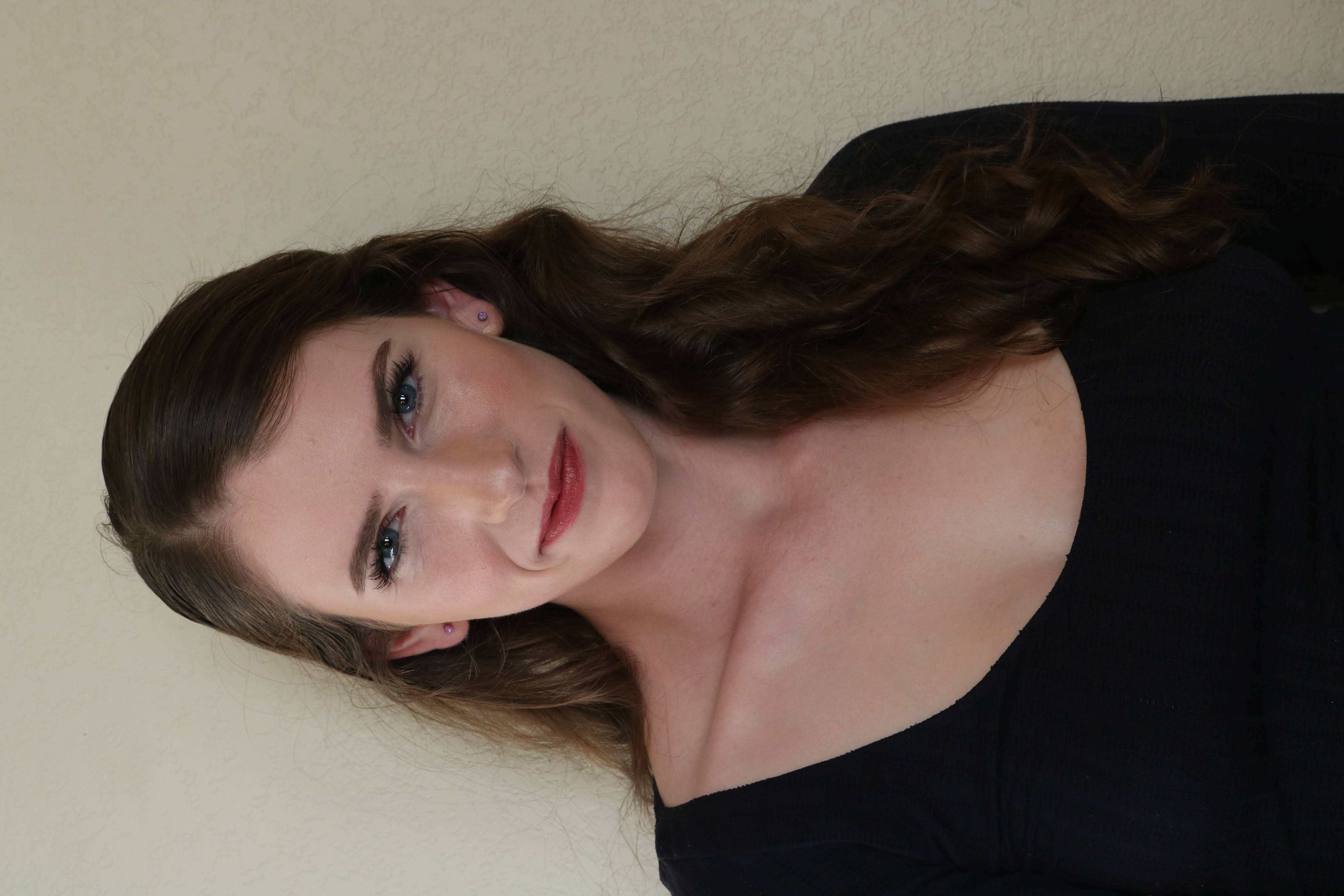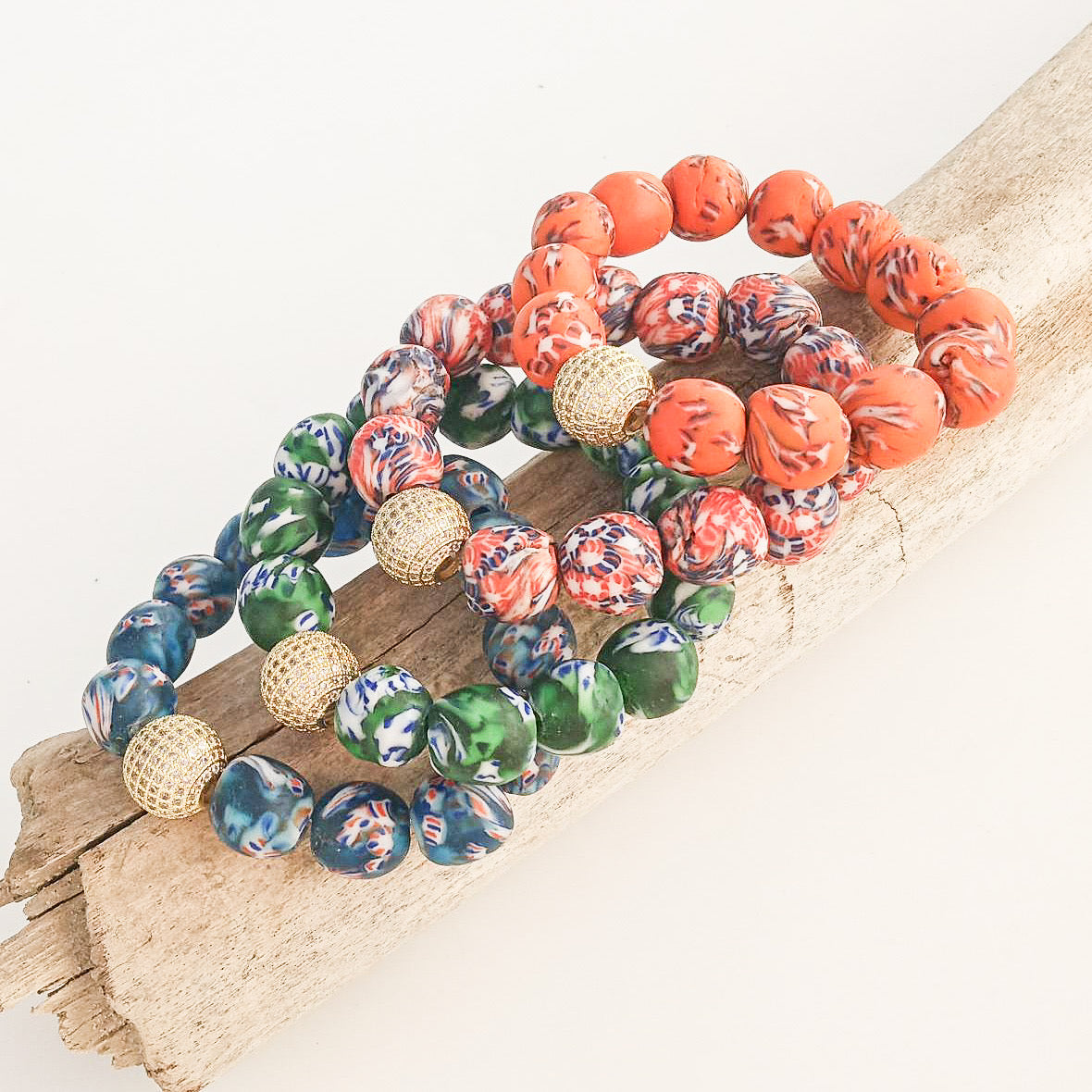Clay has long been a medium for expression, but what happens when that expression takes the form of a character, a story, or even a performance? That’s where the concept of the “clay virtue actor” comes into play. Whether you’re a ceramicist, a sculptor, or just curious about how art can take on a life of its own, this term is worth digging into. It blends the tactile world of pottery with the imaginative realm of storytelling. And if you're working with materials like stoneware or raku clay, bisque firing to cone 06 or 04, you might already be closer to this idea than you think.
So, what exactly is a “clay virtue actor”? It’s not a mainstream term, but it's gaining traction among artists and educators who are interested in the intersection of ceramic arts and narrative. Think of it as a way to bring ethical themes, character development, or cultural stories into the world of clay. These aren’t just sculptures—they're vessels of meaning, shaped by hands and fired in kilns, yet speaking to something much deeper.
As more artists explore this niche, the idea is evolving. From figurines that represent moral values to installations that reflect social commentary, the clay virtue actor is shaping up to be one of the more thoughtful trends in the ceramic arts community this year. And if you're creating pieces that are being bisque fired, you might want to consider how your work could become part of this movement.
Table of Contents
- What Is a Clay Virtue Actor?
- Why the Clay Virtue Actor Matters in 2025
- How to Create a Clay Virtue Actor: Tips for Artists
- Tools and Materials for Your Virtue Actor Project
- Showcasing Your Clay Virtue Actor: Exhibitions and Online Platforms
- Frequently Asked Questions About Clay Virtue Actors
What Is a Clay Virtue Actor?
At its core, a clay virtue actor is a figurative piece—often sculpted from stoneware or raku clay—that represents a moral, cultural, or emotional concept. Unlike traditional ceramic art, which might focus on form, utility, or aesthetics, the virtue actor is about storytelling and symbolism.
These pieces can range from small figurines that embody kindness or courage to large installations that explore themes like justice or resilience. They’re often used in educational settings, exhibitions, or even community storytelling projects. Think of them as characters in a play, except they never move—yet somehow still manage to speak.
Some artists choose to bisque fire their work to cone 06 or 04, which gives the piece a sturdy yet porous surface. This is ideal for adding texture, color, or even written messages later on. It also makes the work more durable, which is important if it’s meant to be handled or displayed publicly.
Why the Clay Virtue Actor Matters in 2025
Art has always had the power to reflect and shape society, and in a year that’s seeing a resurgence of interest in ethical storytelling, the clay virtue actor fits right in. People are looking for art that resonates on a deeper level—pieces that ask questions, offer comfort, or inspire change.
Google Trends shows a steady rise in searches related to “clay virtue actor” and similar phrases since early 2024. That suggests more people are curious about how to use clay not just to make things, but to say things. And with the rise of social media platforms that celebrate niche art forms, like Instagram and Pinterest, this trend is only going to grow.
What makes this concept especially interesting is how accessible it is. You don’t need to be a master sculptor to create a clay virtue actor. All you need is a willingness to explore ideas, some basic tools, and the right kind of clay. Whether you’re working with raku for its dramatic finishes or stoneware for its strength, your piece can become part of a larger conversation.
How to Create a Clay Virtue Actor: Tips for Artists
Creating your own clay virtue actor doesn’t have to be complicated. Here’s a simple breakdown to get you started:
- Choose your theme: What value or idea do you want to represent? Kindness? Bravery? Hope?
- Sketch it out: Visualizing your idea helps you figure out the shape, posture, and details.
- Select your clay: Stoneware is a solid choice for durability. Raku works well if you’re aiming for a more expressive finish.
- Sculpt with intention: Every curve, line, or texture should reflect your chosen virtue.
- Bisque fire properly: Firing to cone 06 or 04 gives you a good base for adding surface treatments later.
- Decorate and share: Use glazes, paints, or even words to enhance your message.
If you’re new to this, don’t feel like you need to get everything perfect the first time. Start small. Try making a series of mini figures that each represent a different trait. You can even display them together to create a kind of moral gallery.
Tools and Materials for Your Virtue Actor Project
Here’s a quick list of what you might need to bring your clay virtue actor to life:
- Clay (stoneware or raku)
- Modeling tools (loop tools, ribs, wire cutters)
- Slab roller or hand-building tools
- Kiln for bisque firing (set to cone 06 or 04)
- Glazes or underglazes for finishing
- Reference materials (books, sketches, or digital guides)
If you’re not sure where to start, check out local studios or online tutorials. You can also Learn more about working with raku clay on our site. And if you have any questions about firing techniques or specialty clays, feel free to reach out to us anytime.
Showcasing Your Clay Virtue Actor: Exhibitions and Online Platforms
Once your piece is finished, it’s time to share it with the world. Here are a few ways to get your clay virtue actor noticed:
- Local art shows or community centers
- School or library exhibits focused on character education
- Instagram or Pinterest, where visual storytelling thrives
- Online marketplaces like Etsy, if you're selling your work
Some artists are even using their clay virtue actors as part of storytelling workshops or school programs. These pieces can become conversation starters, especially with younger audiences who are learning about values and empathy.
If you’re part of an art collective or online community, consider doing a group exhibit or virtual showcase. It’s a great way to see how different artists interpret the same concept. And who knows—you might just inspire someone else to pick up a lump of clay and start shaping their own story.
Frequently Asked Questions About Clay Virtue Actors
What type of clay is best for making a virtue actor?
Stoneware and raku are both great choices. Stoneware is sturdy and durable, while raku offers a more textured, expressive finish. If you’re planning to bisque fire your piece, cone 06 or 04 is typically recommended.
Can I make a virtue actor without formal training?
Absolutely! The beauty of the clay virtue actor is that it’s more about the idea than technical skill. You can start with simple hand-building techniques and still create something meaningful.
How do I share my virtue actor with others?
There are lots of ways to showcase your work. You can display it in a physical space, share photos online, or even use it in storytelling events. Some artists also include written descriptions or QR codes that explain the meaning behind the piece.
Final Thoughts (and a Call to Action)
The clay virtue actor is more than just a piece of fired clay—it’s a way to bring values and stories into the physical world. Whether you’re an experienced ceramic artist or just starting out, this concept offers a fresh way to connect with your medium and your audience.
If you haven’t tried making one yet, why not give it a go? Start with a small figure, pick a value that speaks to you, and see where your hands take you. And if you ever need help with firing schedules or material choices, remember—you can always email us for support.



Detail Author:
- Name : Prof. Deshawn Olson Sr.
- Username : mbarrows
- Email : flavio80@hotmail.com
- Birthdate : 1991-03-22
- Address : 64778 Reynolds Neck North Sebastianmouth, NY 39104-5853
- Phone : 973-781-4477
- Company : Zieme-Mohr
- Job : Construction Laborer
- Bio : Sit tempore officiis exercitationem aut. Enim sunt sit temporibus occaecati hic aperiam qui. Eius inventore ex soluta quo fuga.
Socials
linkedin:
- url : https://linkedin.com/in/dale5549
- username : dale5549
- bio : Itaque aut labore enim aut suscipit.
- followers : 6172
- following : 97
facebook:
- url : https://facebook.com/olsond
- username : olsond
- bio : Et et blanditiis fuga quia quaerat similique beatae.
- followers : 5431
- following : 775

